10 Chores That Can’t Wait at the Start of Gardening Season
Tackling these tasks earlier rather than later will give your garden a head start on the season
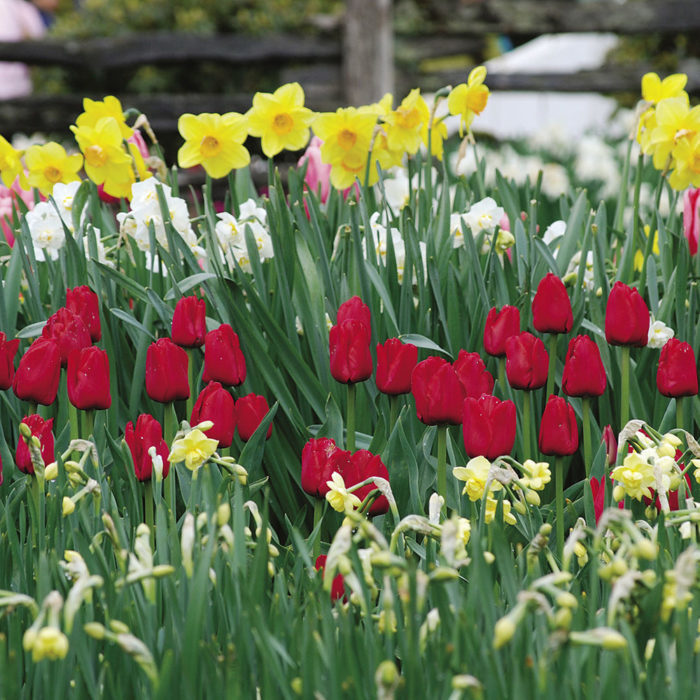
Winter is waning, and you can’t wait to get outside. But before you get caught up in buying new plants and moving things around, take some time to do some spring tasks that will get your garden off to a quick, healthy, and fruitful start. Some garden tasks must be done early or they become more difficult—or even impossible—to do later. Here are the chores you’ll regret not doing sooner.
1. Plan your fall bulb order
The time to plan what bulbs you want to add to your garden isn’t when the bulb catalogs arrive in late summer; it’s when the bulbs you have are blooming. In spring, you can see what bulbs you already have and what gaps among your perennials need filling. Pull out your catalogs from last fall and start circling away, with your garden in front of you as reference. Sure, the selection in this fall’s catalogs might not be identical, but it will be easy to make substitutions if you’ve already decided on the colors and numbers you want.
 2. Divide delicate perennials
2. Divide delicate perennials
If you wait too long to divide delicate perennials, the stems and leaves of plants like sedums, ferns, and even large hostas can be easily mangled and broken by a plunging spade. Divide these plants as they begin to emerge in spring to minimize damage. Dividing now also gives the divisions time to recover and grow new roots before the onset of hot summer temperatures.
3. Layer shrubs
Layering is one of the easiest ways to make more of your favorite shrubs. It’s as simple as:
(A) pinning a low branch to the ground,
(B) covering the pinned portion with soil, and
(C) waiting for it to root and grow new stems.

Doing this early gives your new shrub time to develop healthy roots before it’s detached from the mother shrub. Also, if you do this just as the shrub is leafing out, you’ll be able to see the shrub’s stems clearly to determine good layering candidates.
 4. Plan for the inevitable onslaught of deer
4. Plan for the inevitable onslaught of deer
When it comes to combatting deer, defense, rather than offense, is the key. Get your repellents ready, and start applying them as perennials emerge. Protect particularly deer-prone plants with wire cages until they’re big enough to sustain some damage without dying. If you use kinetic repellents, like motion-sensor sprinklers, set them up early in an effort to change the deer’s habits before your garden becomes their preferred buffet.
5. Cut back ornamental grasses
Ornamental grasses are invaluable for winter interest, their buff-colored plumage waving in winter winds and offering structure and color when not much else can. But don’t leave those blades too long. If you wait too late to cut back your grasses to make way for new spring growth, you risk cutting new growth that’s hidden among the old, resulting in stubby blades that stick out glaringly until the clump has had a chance to recover. To avoid this, cut your grasses back in late winter, before any significant sign of spring.
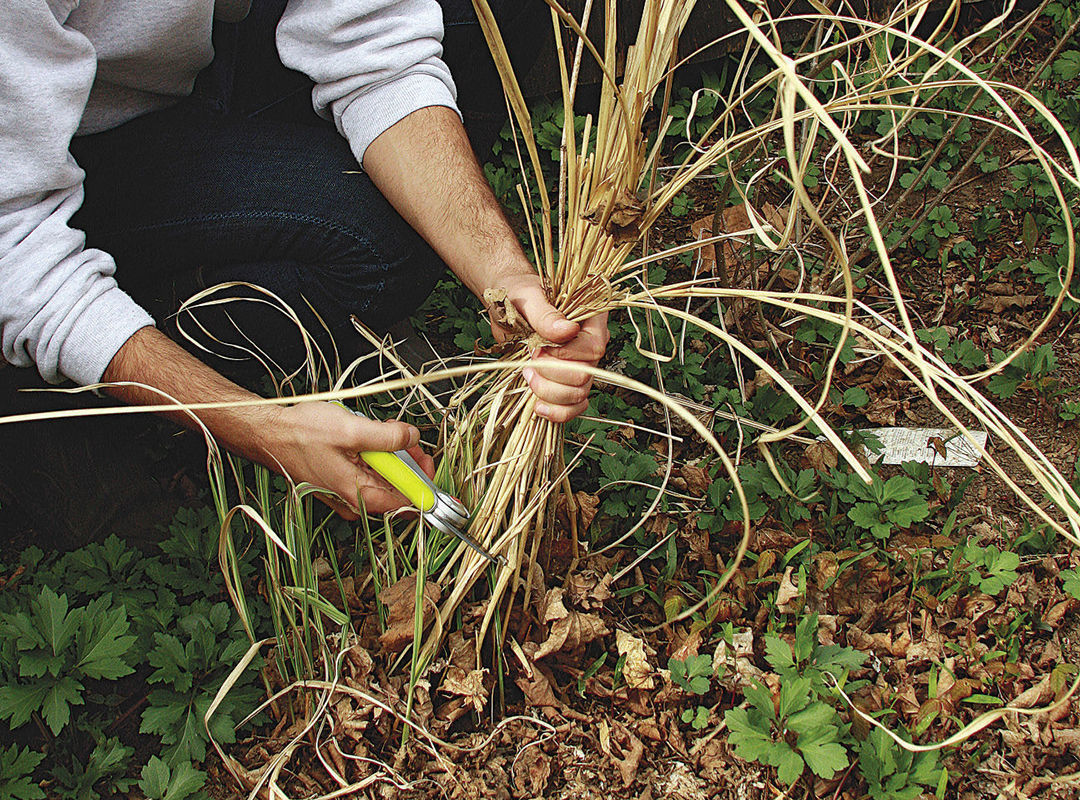
6. Direct-sow seeds
Some vegetables and many annuals grow best when sown directly in the ground in spring, like nasturtium (Tropaeolum majus cvs.), breadseed poppy (Papaver somniferum cvs.), sunflower (Helianthus annuus cvs.), love-in-a-mist (Nigella damascena and cvs.), and morning glory (Ipomoea tricolor cvs.). Sow these annuals right where you want them as soon as your last-frost date passes; this gives them a head start before nearby plants shade them out or start competing in earnest for water and nutrients. Getting annuals started early also means that they can be used quite nicely to disguise the fading foliage of spring-flowing bulbs.
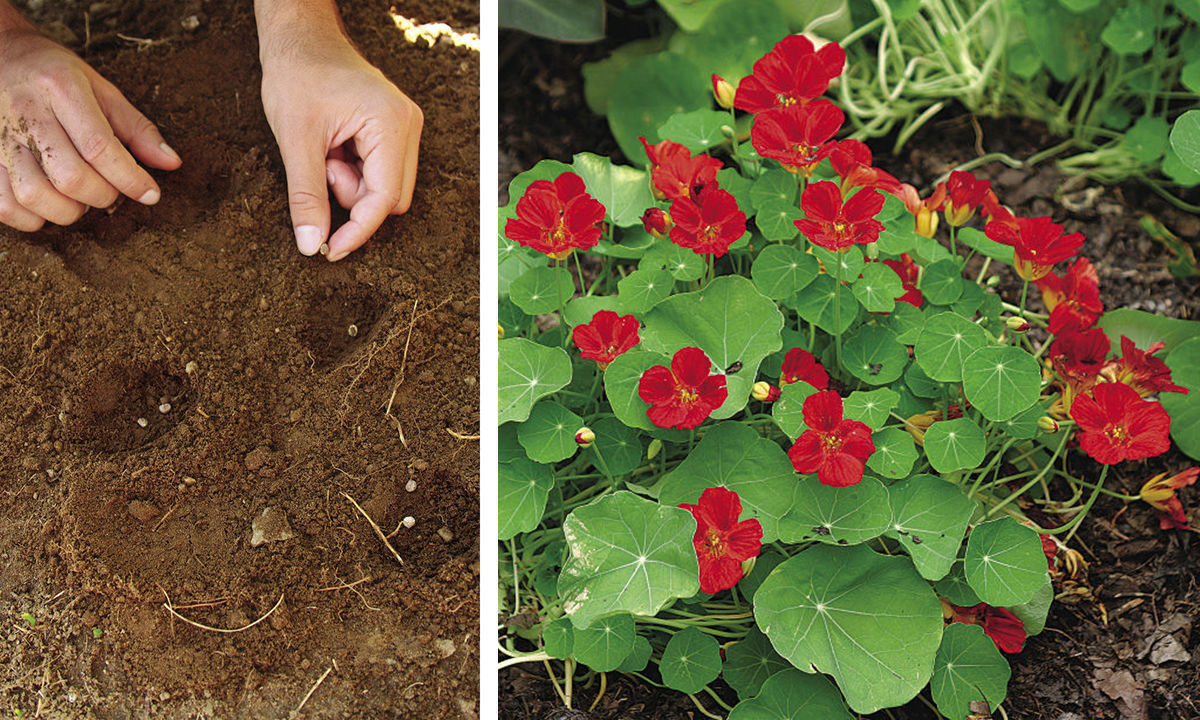
7. Start summer bulbs
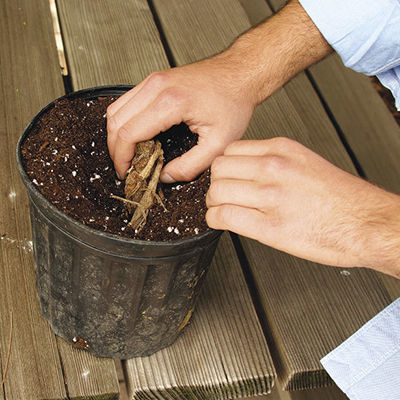
Summer-blooming bulbs need an early start to reach their maximum potential later in the year. Start tender bulbs and tubers, like dahlia (Dahlia spp. and cvs., Zones 9–11), caladium (Caladium bicolor cvs., Zones 10–11), and elephant’s ear (Colocasia esculenta* cvs., Zones 8–11), indoors in pots on a heat mat in late winter; plant hardier bulbs and tubers, like Oriental and Asiatic lilies (Lilium spp. and cvs., Zones 3–8), gladiolus (Gladiolus spp. and cvs., Zones 8–10), canna (Canna spp. and cvs., Zones 8–11), and calla lily (Zantedeschia spp. and cvs, Zones 8–11), directly in the garden after the soil warms to 60°F. Waiting until after the spring-planting rush means fewer selections in stores and less time for these plants to get warmed up, resulting in late or stunted foliage and blooms.
*See invasive alert below.
8. Deal with aggressive plants
In the excitement of spring, it’s easy to forget to start pulling weeds; after all, planting is much more fun than weeding. But if you don’t start early, the beasts are blooming before you know it and then setting seed, creating a whole new generation of weeds. Don’t let your weeds take over to the point that you can’t keep up. Pulling the weeds while they’re small is much easier on you and the surrounding plants.
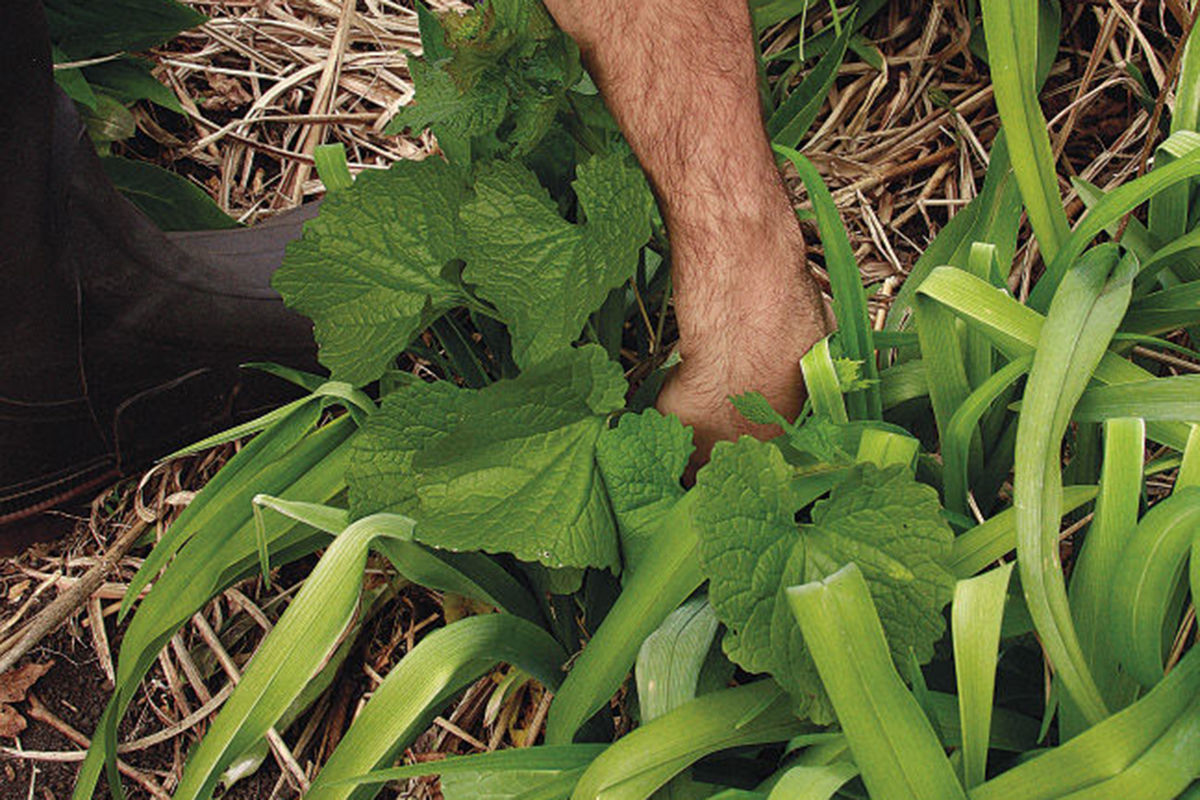
9. Plant fall-blooming perennials
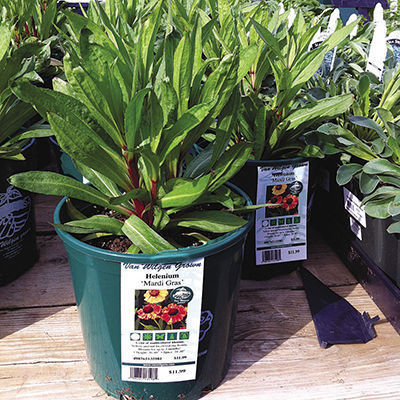
The nursery yard in spring is an intoxicating place to be. After a dreary winter, the sight of all of those flowering perennials can send you into a buying frenzy. But stop for a moment and think about your garden in fall. Is it barren of blooms? Do you visit other gardens and covet their Japanese anemones (Anemone × hybrida cvs., Zones 4–8), goldenrods (Solidago spp. and cvs., Zones 5–9), sneezeweeds (Helenium spp. and cvs., Zones 3–8), and asters (Symphyotrichum spp. and cvs., Zones 4–8)? These plants aren’t blooming in spring at the nursery, so they’re often overlooked and forgotten until it’s too late in the season to add them or even find them at a garden center. Search out a few fall-blooming perennials, and add them to your cart. Come September, you’ll be glad you did.
10. Mulch your beds
Have you ever spent a few hours trying to mulch around perennials that already have a foot or two of spring growth? It takes at least twice as long and involves a lot of time on your hands and knees, moving leaves aside. If you start mulching early, you can aim your shovelfuls carefully between localized clumps of emerging plants, fine-tuning as you go, or you can cover perennials with overturned nursery pots and mulch in one broad sweep. That said, make sure that you wait until the soil has warmed up a bit so that your plants’ roots get a jump start.

What not to do yet
 Plant frost-tender annuals
Plant frost-tender annuals
Don’t be tempted by those unscrupulous home centers filled to the brim in early March with flats of impatiens. You should never plant tender annuals before your last-frost date unless you feel like planting them all over again after the first batch is zapped by frost. If you’re eager for early color, stick to pansies, which can handle a bit of frost.
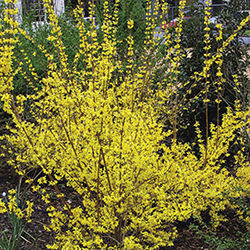
Prune spring-flowering shrubs
Pruning is one of the earliest tasks gardeners tackle in spring. It feels great to get out there and start shaping and trimming, but it’s easy to get carried away. Be aware of which shrubs in your garden bloom on the previous year’s growth, like lilac (Syringa vulgaris cvs., USDA Hardiness Zones 4–8), mock orange (Philadelphus coronarius and cvs., Zones 4–9), and forsythia (Forsythia spp. and cvs., Zones 3–9). Wait to prune them until after these shrubs have bloomed; otherwise, you’ll miss a season of flowers.
*Invasive alert: Elephant’s ear (Colocasia esculenta)
This plant is considered invasive in AL, CA, and FL.
Please visit invasiveplantatlas.org for more information.
Michelle Gervais was a senior editor. She gardens on a semiurban half-acre in New Milford, Connecticut, and is the editor of the blog Garden Photo of the Day at FineGardening.com.
Photos, except where noted: Michelle Gervais






Comments
Log in or create an account to post a comment.
Sign up Log in